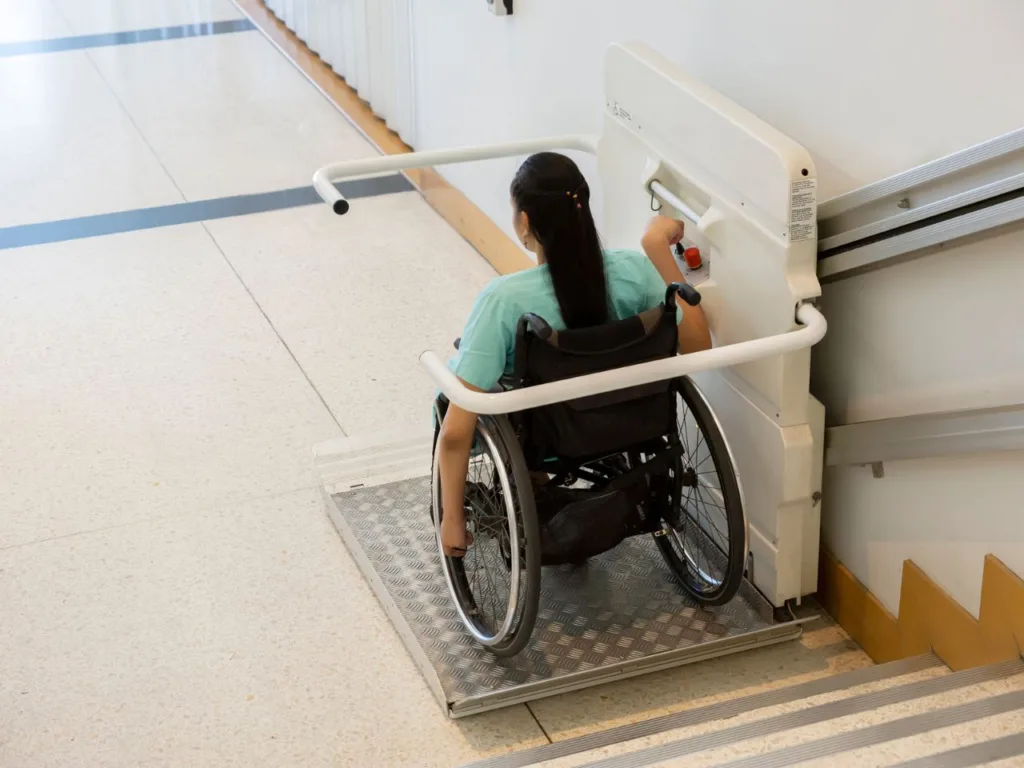Updated on September 9, 2024

Panic attacks can be terrifying, overwhelming, and confusing, especially for those experiencing them for the first time.
While they can be distressing and despite being a common mental health issue, you should remember that they are not life-threatening.
Here are some facts about panic attacks, which is helpful for anyone seeking to learn more.
10 Facts About Panic Attacks
1. A panic attack is like a sudden wave of intense fear or anxiety that sets off physically severe reactions, even when there’s no actual danger or clear reason for it.
It often feels like losing control, having a heart attack, or even dying.
Despite these frightening sensations, panic attacks themselves are not life-threatening.
Some of the key symptoms include:
- rapid heart rate
- sweating,
- shaking,
- shortness of breath,
- chest pain,
- dizziness,
- feelings of detachment from reality.
They usually last from 5 to 20 minutes, though some symptoms can linger longer.
2. Panic attacks are common
You might be surprised to learn that panic attacks are more common than you think.
It’s estimated that 1 in 10 people will experience a panic attack at some point in their lives.
They can happen to anyone, regardless of age, gender, or background.
3. Panic attacks are particularly prevalent among people with panic disorder but may also happen in the context of other anxiety disorders, depression, and stressful situations.
4. The exact cause of panic attacks is unknown, but they are believed to result from a combination of genetic, biological, environmental, and psychological.
- Genetics: If you have a family history of panic attacks or panic disorder, this increases the risk. You have a 40% increased risk of developing it if one of your first-degree relatives (biological siblings, children, or parents) has the condition.
- Stress: Major life changes, such as losing a loved one or undergoing a significant life transition, can trigger panic attacks.
5. Although the terms “panic attack” and “anxiety attack” are commonly used interchangeably, they are different experiences.
- Panic Attack: Sudden, intense fear with physical symptoms; usually peaks within minutes.
- Anxiety Attack: Generally less intense but can last longer; symptoms build up gradually in response to stressors.
6. Panic attacks are closely linked to the body’s “fight or flight” response, a natural reaction to perceived danger.
- During a Panic Attack, adrenaline is released, preparing you to fight or flee from the threat, even though no real danger is present.
- Physical Effects: This surge of adrenaline causes many of the physical symptoms of panic attacks, such as increased heart rate and rapid breathing.
7. Various factors can trigger panic attacks, and these triggers can vary from person to person.
- Common Triggers: High-stress situations, trauma, certain medications, excessive caffeine or stimulant use, trauma, and having a temperament that is easily overwhelmed or prone to negative emotions.”
- Unexpected Triggers: Sometimes, panic attacks occur without an obvious trigger, which can be particularly frightening.
8. Panic Disorder Diagnosis: If someone experiences recurrent, unexpected panic attacks and lives in fear of the next one, they may have panic disorder.
A mental health professional can diagnose panic disorder based on specific criteria.
- Diagnostic Criteria: Recurrent panic attacks, persistent concern about additional attacks, and significant behavioural changes to avoid attacks.
- Misdiagnosis: Panic attacks can sometimes be mistaken for medical conditions like heart disease, leading to unnecessary tests.
9. Panic attacks can significantly impact a person’s daily life, leading to the avoidance of certain places, situations, or activities.
- Agoraphobia: Some individuals with panic disorder develop agoraphobia, a fear of places where you can’t escape or seek help which can severely restrict daily activities.
- Quality of Life: The constant fear of having a panic attack can lead to social withdrawal, decreased work performance, and strained relationships.
10. Panic attacks are treatable, and various effective treatment options are available.
- Cognitive Behavioral Therapy (CBT): CBT helps individuals identify and change negative thought patterns that trigger panic attacks.
- Medications: Antidepressants, benzodiazepines, and beta-blockers are commonly prescribed to manage symptoms.
- Lifestyle Changes: Regular exercise, mindfulness practices, and avoiding triggers like caffeine and stressful situations can reduce the frequency and severity of panic attacks.
Coping Strategies for Panic Attacks
Knowing how to cope with a panic attack is essential for managing the experience and reducing its intensity. While panic attacks can be terrifying, there are coping strategies that can help you regain control and lessen the impact.
1. Deep Breathing Techniques
During a panic attack, your breathing may become rapid and shallow, which can increase feelings of dizziness and anxiety.
Practicing deep breathing can help counteract this.
- How to Do It: Inhale slowly and deeply through your nose, allowing your abdomen to rise as your lungs fill with air. Hold your breath for a count of four, then exhale slowly through your mouth. Repeat this cycle several times.
- Why It Works: Deep breathing helps calm the body’s fight or flight response by regulating oxygen levels and reducing the adrenaline surge that exacerbates panic symptoms. Focusing on your breath can also divert attention away from distressing thoughts.
2. Grounding Techniques
Grounding techniques are methods that help anchor you in the present moment, drawing your focus away from the panic and toward something tangible or sensory.
- 5-4-3-2-1 Technique: Remember the following: Identify five things you can see, four things you can touch, three things you can hear, two things you can smell, and one thing you can taste. Engaging your senses can distract your mind from panic.
- Touch a Familiar Object: Holding or touching a comforting object, like a piece of jewellery, a smooth stone, or a soft fabric, can create a sense of safety and connection to the present.
- Mindful Observation: Focus on a specific object around you, like a picture on the wall or a plant. Observe its colour, texture, shape, and details to keep your mind occupied.
3. Positive Affirmations
Positive affirmations are reassuring statements that you can repeat to yourself during a panic attack. They can help reduce fear and remind you that the situation is temporary.
- Examples: “This feeling will pass,” “I am safe right now,” “I have survived panic attacks before, and I will get through this one,” and “I am in control.” Repeating positive affirmations can shift your focus from catastrophic to calming thoughts, which can reduce the severity of the panic attack.
4. Cold Water Splashing
Splashing cold water on your face can interrupt the panic cycle by triggering the body’s dive reflex, which naturally slows down the heart rate and promotes calm.
- How to Do It: Splash cold water on your face or immerse your face in a basin of cold water for a few seconds. The sudden temperature change can reset your nervous system, bringing immediate relief from the intense symptoms of a panic attack.
Sources
- https://www.mayoclinic.org/diseases-conditions/panic-attacks/symptoms-causes/syc-20376021
- https://www.msdmanuals.com/home/quick-facts-mental-health-disorders/anxiety-and-stress-related-disorders/panic-attacks-and-panic-disorder#What-is-a-panic-attack?_v36058732
- https://www.betterhealth.vic.gov.au/health/conditionsandtreatments/panic-attack
- https://www.nimh.nih.gov/health/publications/panic-disorder-when-fear-overwhelms#:~:text=These%20attacks%20are%20characterized%20by,no%20clear%20danger%20or%20trigger.
- https://my.clevelandclinic.org/health/diseases/4451-panic-attack-panic-disorder
- https://www.23andme.com/topics/health-predispositions/panic-attacks
MORE FROM CENTRE DISABILITY SUPPORT
20 Things Not To Say To Someone With Anxiety
IS ANXIETY A DISABILITY IN AUSTRALIA?



